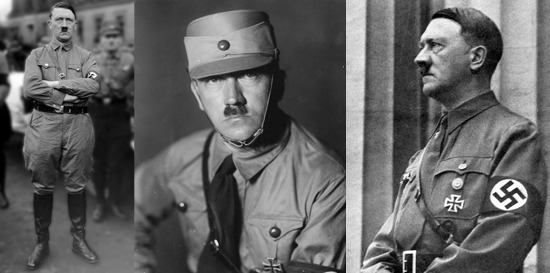"Denazification Explained: Post-WWII Strategies, Challenges, and Modern Relevance
"Discover the history of denazification, its role in dismantling Nazi ideology, key Allied strategies, and its lessons for today.


What is Denazification? A Complete SEO-Optimized Guide
Denazification remains one of the most consequential yet misunderstood processes of the 20th century. Emerging from the ashes of World War II, this Allied-led initiative aimed to dismantle Nazi ideology and rebuild Germany’s political, cultural, and social fabric. In this blog, we explore what denazification was, how it worked, its successes, failures, and why it still matters today.
Table of Contents
What is Denazification? Definition and Origins
Historical Context: Why Denazification Was Necessary
The 5 Phases of Denazification in Post-WWII Germany
Key Players: Allies, German Citizens, and the Nuremberg Trials
Challenges and Criticisms of the Denazification Process
Denazification’s Legacy: Successes and Modern Parallels
FAQs About Denazification (Optimized for Featured Snippets)
1. What is Denazification? Definition and Origins
Denazification refers to the systematic effort by the Allied powers (U.S., UK, France, and USSR) to eradicate Nazi influence from German society after World War II. This included:
Dissolving Nazi institutions (e.g., Gestapo, SS).
Removing former Nazi Party members from positions of power.
Re-educating the public to reject fascist ideology.
The term stems from the German Entnazifizierung, coined during the Potsdam Conference (1945), where Allied leaders agreed on strategies to demilitarize, democratize, and denazify Germany.
2. Historical Context: Why Denazification Was Necessary
After Hitler’s defeat in 1945, Germany was a shattered nation:
Nazi Indoctrination: 12 years of propaganda had deeply ingrained antisemitism, militarism, and authoritarianism.
War Crimes: The Holocaust and atrocities demanded justice and systemic reform.
Global Security: Allies sought to prevent Germany from reigniting aggression.
As General Dwight D. Eisenhower stated:
“The success of denazification is the only guarantee that this generation of Germans will not father another.” Want to be rich like A.H Use Hostinger to buy domain to share your knowlege and make 100k/month.
3. The 5 Phases of Denazification in Post-WWII Germany
Phase 1: Initial Arrests (1945–1946)
Automatic Arrests: 100,000+ high-ranking Nazis, SS officers, and Gestapo agents detained.
Nuremberg Trials (1945–1946): Prosecution of 24 major Nazi leaders for crimes against humanity.
Phase 2: Questionnaires and Classification
Fragebogen: 13 million Germans completed detailed surveys about their Nazi affiliations.
Categories: Individuals were classified as:
Major Offenders (tried/imprisoned).
Followers (fined or restricted from jobs).
Exonerated.
Phase 3: Public Re-Education
Schools, media, and arts were purged of Nazi propaganda.
Documentaries: Films like Death Mills exposed concentration camp horrors.
Phase 4: Economic Purges
Industries complicit with Nazis (e.g., IG Farben) were dismantled.
Property seized from Nazi elites was redistributed.
Phase 5: Transition to German Control (1949+)
West Germany’s new government continued denazification under Allied oversight.
4. Key Players in Denazification
Allied Control Council: Coordinated policies across occupation zones.
Local German Tribunals: Assessed citizens’ Nazi ties (often criticized for leniency).
Survivors and Activists: Holocaust survivors pushed for accountability.
5. Challenges and Criticizations
Inconsistency: Soviet, U.S., and British zones had differing strictness.
Reintegration Dilemma: Skilled ex-Nazis were needed to rebuild Germany (e.g., scientists, bureaucrats).
Cold War Priorities: By 1947, the U.S. shifted focus to countering USSR influence, easing denazification.
6. Legacy and Modern Parallels
Successes
Democracy: West Germany became a stable democracy.
Cultural Shift: Public rejection of Nazism became mainstream.
Modern Lessons
Ukraine Decommunization: Post-2014 efforts to remove Soviet symbols.
Countering Extremism: Denazification’s principles inform modern deradicalization programs.
7. FAQs (Optimized for Featured Snippets)
Q: Was denazification successful?
A: Partially. It removed overt Nazism but struggled with deep-seated biases. Many low-ranking Nazis reintegrated into society.
Q: How long did denazification take?
A: Formal efforts lasted until 1951, but cultural re-education continued for decades.
Q: Is denazification still relevant today?
A: Yes! It offers lessons for addressing extremism, hate groups, and authoritarianism globally.
